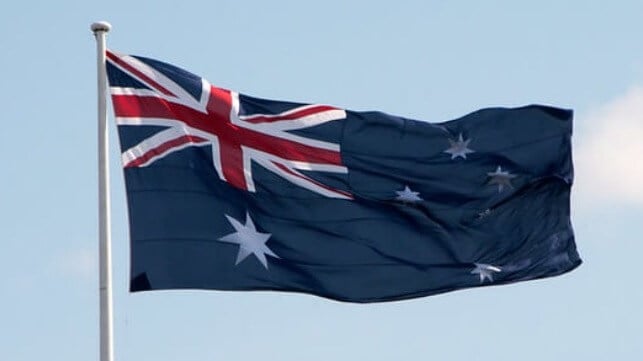Australia Seeks Three Ships in Program to Rebuild Merchant Fleet

The Australian government is moving forward with its plan to set up a strategic fleet of Australian registered and crewed merchant ships. Like many developed nations, Australia has witnessed a dwindling of its domestic fleet and the current government declared a policy to support the redevelopment of the industry to be available in times of national crisis.
The government of Prime Minister Antony Albanese released its first tender on September 6 for what it is calling a pilot program for the new merchant fleet. Following the securing of a $21.7 million (US$14 million) budgetary allocation, the government published the tender on September 6 giving commercial vessel operators until November 29 to submit proposals to be part of the pilot program.
In the tender, the government states it intends to enter into a deed of standing offer with one or more merchant operators. It seeks three vessels that will operate for an initial period of five years, with two options to extend for two years each. The tender states the government will be seeking innovative, value for money solutions geared at establishing a strategic fleet of Australian flagged and crewed vessels that provides certainty for requisition to move cargo in times of need, crisis, or national emergency.
The three-vessel pilot project is expected to offer a clear guideline on the overall goal of establishing a national fleet of 12 Australian-flagged and crewed commercial cargo ships in the long term. The vessels, which will be privately owned and operate on a commercial basis, are also expected to each offer at least three training berths annually. This is intended to boost the country’s maritime workforce by increasing the amount of Australia’s qualified seafarers at a time of a growing global shortage.
Catherine King, Minister for Infrastructure, Transport, Regional Development and Local Government highlighted that recent supply chain disruptions and geopolitical events have underlined the importance of setting up a strong domestic maritime sector capable of supporting local businesses and industries.
“The establishment of a Strategic Fleet will provide important maritime capabilities and bolster resilience, providing assistance in times of crisis or natural disaster, and to support industries reliant on shipping, such as heavy manufacturing,” said King.
The Albanese government’s plans to set up a national strategic fleet of commercial vessels follows a report by an independent task force that advocated investing in a “standby fleet.” The report supported the political position by saying the fleet would bolster and safeguard the country’s maritime and freight sectors in the midst of increasing uncertainties in the global commercial shipping industry.
The government has called shipping critical to Australia’s social and economic well-being, noting that it accounts for 99 percent of goods traded by volume, and around 79 percent by value. In 2021–2022, 1.6 billion tons of imports and exports were moved by sea, worth A$755 billion ($485.7 billion) in total.
Australia largely depends on foreign-flagged vessels owing to a significant decline in its fleet that currently stands at only 15 vessels of over 2,000 dwt (11 on the coast and four trading internationally). Albanese has said that this means that in the event of a crisis, the country would have great difficulty accessing and controlling the maritime assets that it might require.
Top image: Christian Haugen / CC BY 2.0
